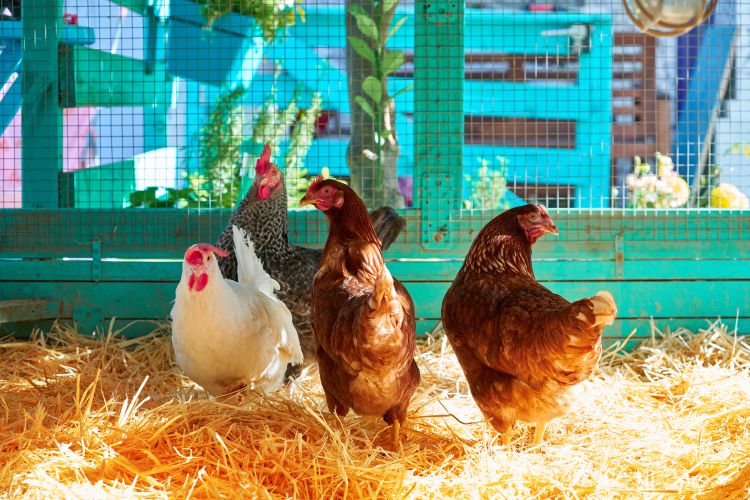What breed of chicken should I get?
Selecting the breed of chicken that you want to raise can be a difficult decision because there are so many options.

Many people are considering raising chickens in their backyards as a way of connecting with animals and becoming more self-sufficient. Chickens are a great option; they require a small space, require a low level of labor and can supply both meat and egg proteins. There are many considerations to make before diving into becoming a backyard chicken owner. One of those considerations is what kind of chickens are you going to raise?
There are several different breeds and varieties of chickens which all possess their own unique characteristics when it comes to the product they provide (meat, eggs or both), their temperament, the environmental factors they thrive in, size, egg color, egg size and lifespan. Deciding what your priorities are will help you determine what the most important characteristics are for choosing a breed. Using the Michigan State University Chicken Breed Chart to Help Choose Your Chicken can be a tool to assist you in finding the right breed for your needs. Many hatcheries also have good descriptions of the breeds and their characteristics in their online and print catalogs.
There are several factors to consider when choosing the right breed for your small farm. Those factors include:
Purpose: What is your purpose for raising chickens; meat, egg production, or both?
Bird Size: Birds range in sizes between 5 to 15 pounds when they are fully mature. The size bird that you decide on will have an impact on how much housing area is needed.
Production: Do you have an idea of how many eggs you want or need per week? Do you plan on selling your eggs? Different breeds have different levels of productivity. Leghorns, for example, are known for their high productivity and will yield between 280-320 eggs on average per year as opposed to heritage breeds like the Silkie, which have lower productivity levels and will yield between 100-150 eggs per year.
Egg Size and Color: Egg size and egg color are breed characteristics. Do you want small, medium or large eggs? Egg color is determined by the breed of the chicken and can range from white to dark brown with many colors in between.
Environment: Living in Michigan can present some unique challenges whether it be the summertime heat, the winter cold or the mud in the spring and fall. Knowing the breeds tolerance to extreme weather can help you choose a breed that you can manage properly.
Learning as much as possible about the breed of chickens that you wish to raise will help you better manage your flock successfully. If you are interested in learning more about poultry farming, consider registering for the MSU Extension online course “Small Scale Poultry Farming.”



 Print
Print Email
Email


